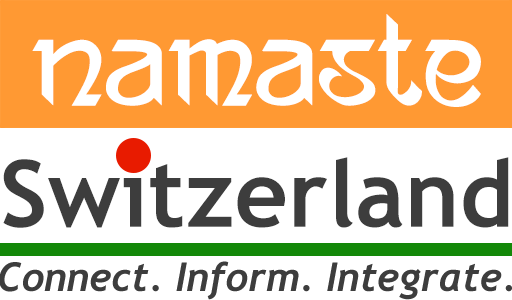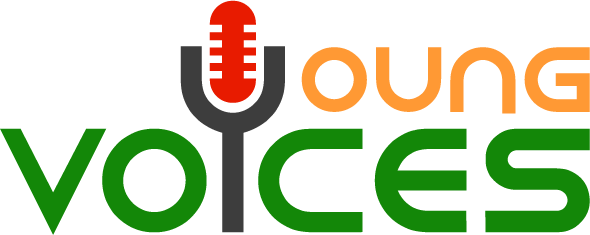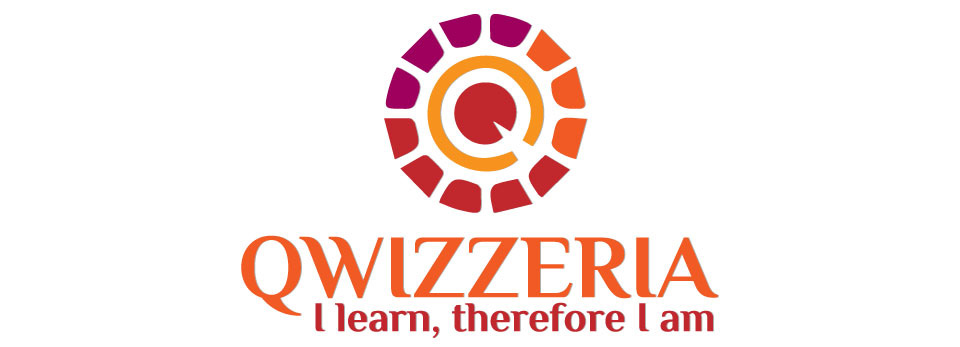In my previous articles, I have written about how one should approach learning new languages. Resources play a crucial role in language learning too. So, in this article, I share some reviews and recommendations of books that I have used to learn and improve German, English, French and Japanese.
For English
 If you are preparing for the CPE (Cambridge Proficiency in English), I highly recommend getting these books.
If you are preparing for the CPE (Cambridge Proficiency in English), I highly recommend getting these books.
At the C2 level, you will have the grammar and vocabulary, but at a higher level. Attempting the practice exams several times is much more effective than doing an entire coursebook. In addition, it gives you insight on your personal level in the English language and you get to see where you need to improve. The practice exams in the books were exactly the same as the actual exam. Even for the oral tests. There is a section for the “examiner” and the “examinee”. The only drawback is that this book does not have a CD or a link where you can listen to the audio to solve the exercises.
The second one is a little vocabulary book with a lot of words arranged in alphabetical order and is to be used like a dictionary. (Author: College Exam preparation, 2020 Edition)
Remember my method of writing new words and their translations down in a separate notebook? This book serves that very purpose. The definitions are short, crisp and easy to understand. The only negative aspect is that there is no pronunciation guide using the International Phonetic Alphabet. You may need an online dictionary like Merriam Webster to learn how to pronounce the word correctly.
For French
 The book Edexcel A Level French Grammar Practice by Servane Jacob and Janine Schonfield is for both teenagers and adults. Even though it is a coursebook from the British A-levels, it neatly summarizes and explains the grammar topics in a single page, maybe a double-page if the topic is extensive. You can work through the grammar yourself. The explanations are in English. The explanations are on the left and the exercises are on the right, which makes it very convenient to look up a certain point if you are unsure. I use this book until this day, not only as a teaching tool but also as a reference.
The book Edexcel A Level French Grammar Practice by Servane Jacob and Janine Schonfield is for both teenagers and adults. Even though it is a coursebook from the British A-levels, it neatly summarizes and explains the grammar topics in a single page, maybe a double-page if the topic is extensive. You can work through the grammar yourself. The explanations are in English. The explanations are on the left and the exercises are on the right, which makes it very convenient to look up a certain point if you are unsure. I use this book until this day, not only as a teaching tool but also as a reference.
For those who want to focus on vocabulary, I strongly suggest that you look into the French course books used in schools. At the end of every unit, there are at least four pages covering the unit’s vocabulary, along with some example sentences. It may seem a bit repetitive, but you get to see various forms of a particular word, and how the word is used in a certain context. I used these books to widen my vocabulary. The translations are provided in German, so you can brush up and expand your German vocabulary while learning some French words.
Another book or rather a book series is the Grammaire/Vocabulaire Progressive/Progressif. This is for the more advanced learners who can understand French to a certain extent. The instructions and explanations are in French. This forces you to read the explanations in detail and do the exercises really thoroughly. The only thing that I didn’t like about the book is that you have to buy a separate book for the answers. This series is really useful for when you are preparing for the DELF/DALF exams.
For Japanese
 After watching lots of people reviewing and using various books to learn Japanese, I concluded that these three books: Genki 1 An Integrated Course In Elementary Japanese 3rd Edition by the Japan Times, Genki 1 Workbook 3rd Edition by the Japan Times and Remembering The Kanji 1 by James W. Heisig 6th Edition are a must-have when you’re learning this language.
After watching lots of people reviewing and using various books to learn Japanese, I concluded that these three books: Genki 1 An Integrated Course In Elementary Japanese 3rd Edition by the Japan Times, Genki 1 Workbook 3rd Edition by the Japan Times and Remembering The Kanji 1 by James W. Heisig 6th Edition are a must-have when you’re learning this language.
The Genki series of books (both workbooks and exercise books) are very useful. They introduce the grammar topics by using a conversation and then by briefly explaining the target grammar. The vocabulary is often found at the end of a unit. There are a lot of cultural notes which are really helpful when you go to Japan or at a more basic level, when you want to understand the cultural contexts in anime and Japanese dramas.
When I watched these people reviewing the books, they strongly emphasized learning the Kanji (Chinese characters) right after memorizing the Hiragana and Katakana (Japanese alphabet sets). I am currently using Heisig’s ‘Remembering the Kanji’. This book serves both as a dictionary and a memory tool. The Kanji is depicted with all of its readings and the meaning and then the author gives his explanation on how he memorizes the characters. As a visual learner, I find these notes very descriptive and easy to memorize. The Kanji depicted in the book is relevant for day-to-day use. Not only that, there is an index in the contents page so you can look for the kanji without going through the entire book. The kanji is also labelled in order of appearance. Since every Kanji has a specific stroke order a learner must know how many strokes and how the word is written to avoid misunderstandings. This is also shown in the book and I think this feature helps the learner grasp Kanji more easily.
Conclusion
Preparing for a language exam does give you a boost in your skills in the short term and is only a certification of your skills. In my opinion, these are the best books if you’re preparing for a language exam. If you want to improve your skills in a certain language in the long run, I suggest reading many books, watching movies/series and listening to music in the target languages.
Disclaimer: Opinions expressed belong solely to the content provider. Namaste Switzerland does not undertake any financial/reputational/legal/misrepresentational impact or other obligations/ liabilities that may arise from the content.












